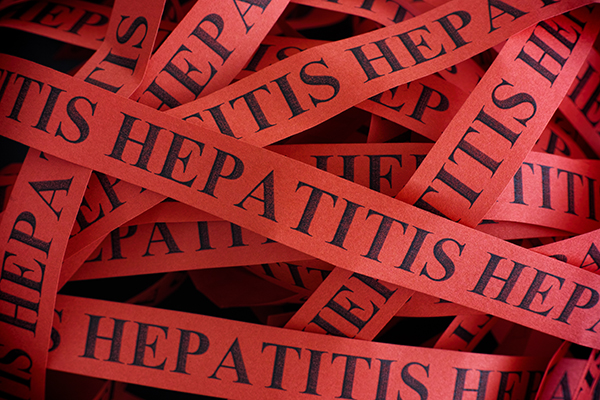Cleaning Up Biological Incidents is No Fun, but Preparation is Key to Protecting Everyone Involved
As I was sitting down to write the second blog for this month, I had an entirely different topic in mind, but then I received a call asking about policies and procedures for cleaning up vomit and diarrhea incidents in foodservice operations. So, much like many of your days, this blog took a 180-degree turn!
Clean-up of vomiting and diarrheal events is certainly not something that many of us think about, nor something that we particularly want to think about. However, this really is the time of year when incidents like this are more likely to happen. When it happens, we must be prepared and not scrambling for information on how to best approach the situation. The food code (section 2-501.11) notes each food establishment shall have a written procedure spelled out on how to deal with such incidents to help employees minimize the spread of contamination and limit the exposure to employees, consumers, food, and surfaces.
Often when this does occur, the pathogen we are most concerned about is Norovirus, which is the leading cause of foodborne outbreaks in the U.S., accounting for more than 50% of all gastrointestinal outbreaks. If not cleaned up appropriately not only are the employees tasked with the clean-up in danger of becoming ill, studies have also shown that Norovirus can survive up to five days at room temperature.
Effectively cleaning up such an incident is much different than our normal routine cleaning procedures. One important thing to do before the incident occurs is to put together the supplies you would need to clean-up the incident and keep your employees safe while doing so. Timely clean-up is imperative to containing the virus. While there are commercial biohazard clean-up kits on the market, they are not always the best option for everyone because you may have many of these items already available in your operation, which negates the need to buy a special kit – simply assemble everything and keep in a place where you employees have ready access to it. At the bare minimum, be sure your kit has the following:
- Personal protective equipment:
- Disposable gloves
- Disposable shoe covers
- Disposable gown
- Disposable face mask
- Disposable towels and cloths
- Pair of goggles
- Absorbent powder (such as kitty litter)
Effectively cleaning up a biological incident is much different than our normal cleaning routine…and effective preparation will keep your employees and customers as safe as possible.
Once an incident happens, make sure the employee who will handle the situation instructs all other employees and customers to vacate the area. It is important to recognize that Norovirus could spread as far as 25 feet away from what you see, so be sure to block off the area and clean and disinfect appropriately.
Be sure any employee who is handling the situation is wears the personal protective equipment outlined above and wears it properly. Next, prepare your disinfectant. Unless you are using a commercial product that notes it is effective for Norovirus, you will need to make your own bleach solution. The CDC notes that you should use a chlorine bleach solution with a concentration of 1,000 to 5,000 PPM. This means that for each gallon of water, you should use 5 to 25 tablespoons of household bleach This assumes your bleach has a concentration of 5% to 8% sodium hypochlorite. If not, check your manufacturers website for the correct concentration.
Use your absorbent powder and/or paper towels to clean-up the materials and liquid. Be sure to place the used materials into a garbage bag.
Spray the area impacted with the bleach solution. Some sources recommend laying own clean paper towels over the area and soaking with the bleach solution. The important part is to make sure the area stays wet with the solution for a minimum of five minutes. Then, clean-up the bleach solution (and paper towels, if you used them) and place into the garage bag.
At this point, it is safe to remove your disposable personal protective equipment and place in the garbage bag, then seal the bag and place it in the trash. After washing your hands and face thoroughly, be sure to rinse any of the areas impacted by the incident with hot soapy water. If you are dealing with a food contact surface, it isn’t a bad idea to use your standard sanitizing solution to re-sanitize the area and let air dry.
After the incident, be sure to also sanitize any high touch areas. Being cautious and thorough is key to protecting yourself, your employees, and your customers. Risk Nothing.










